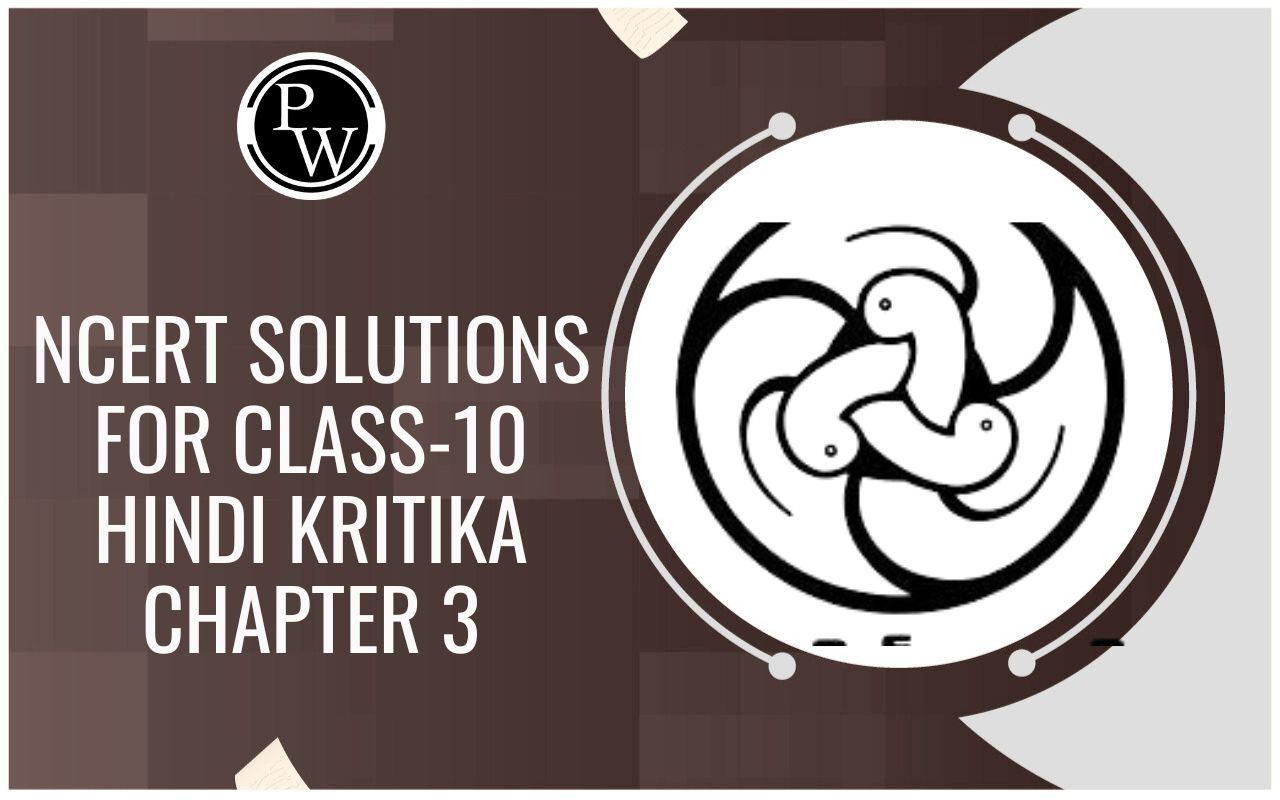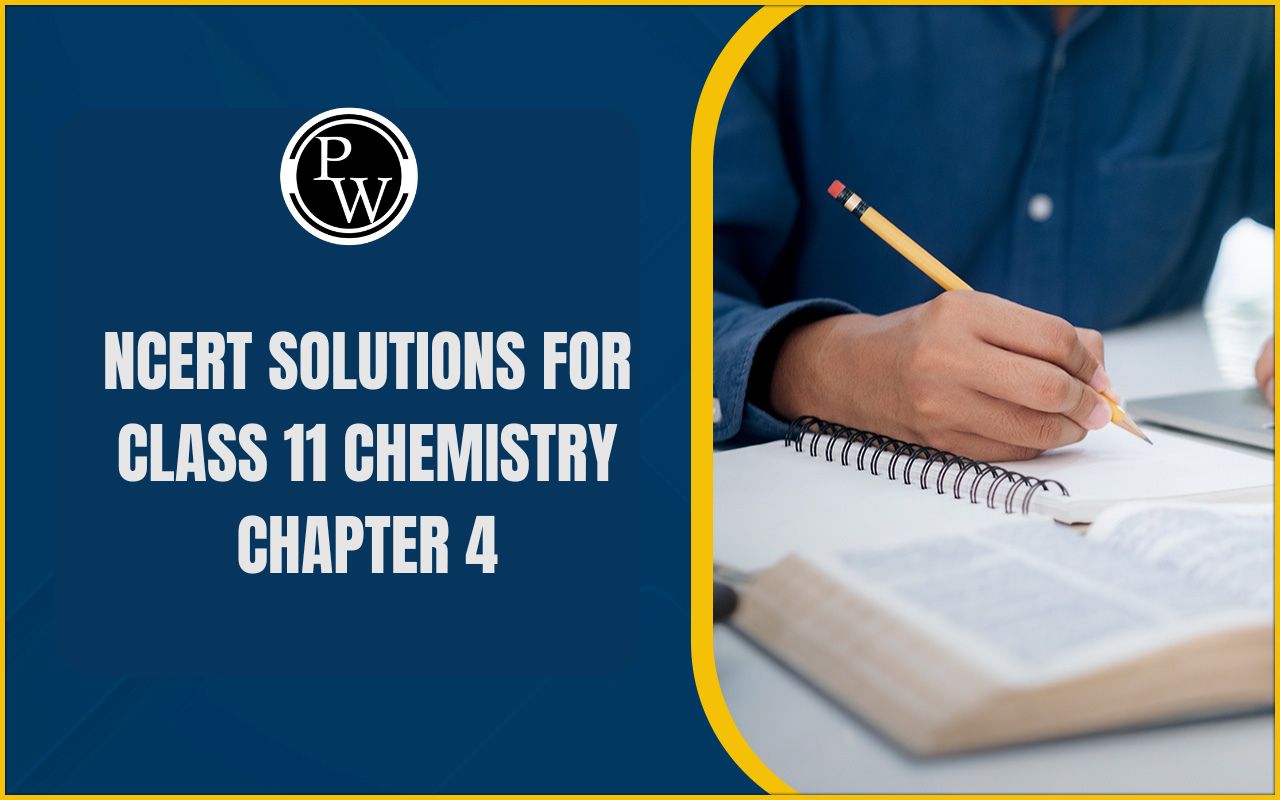
CBSE Worksheet for chapter-11 Heredity and Evolution class 10
Worksheet For class 10
This page is prepared by the Academic team of Physics Wallah which consists of CBSE Board Worksheet for Class 10 Biology . Students of Class 10 Biology can get a free Worksheet for Class 10 Biology in PDF format prepared as per the newest syllabus and examination pattern in your schools.
Standard 10 students can practice questions and answers which are given here for Biology in Grade 10 that will help them to improve their knowledge of all important chapters and their topics. Students can also download free pdf of Class 10 Botany Notes prepared by teachers and solve important problems provided here with solutions on daily basis to get more scores in school exams and tests.
For those who are preparing for NEET Exam can check the Biology MCQ for NEET .
Q1. A cross between two individuals results in a ratio of 9 : 3 : 3 : 1 for four possible phenotypes of progeny is called?
- Dihybrid cross
- Monohybrid cross
- Test cross
- None of these
Q2. The science of heredity is known as:
- Biology
- Embryology
- Genetics
- Biochemistry
Q3. A plant with two ‘small’ genes breeds with a plant with two ‘tall’ genes to produce:
- Small plants and tall plants in the ratio 1 : 3
- All small plants
- All tall plants
- Tall plants and small plants in the ratio 3 : 1
Q4. Which of the following may be used to obtain generation?
- Allowing flowers on a parent plant to be self-pollinated
- Allowing flowers on an plant to be self-pollinated
- Cross-pollinating plant with a parent plant
- Cross-pollinating two parent plants
Q5. A Mendelian experiment consisted of breeding tall pea plants bearing violet flowers with short pea plants bearing white flowers. The progeny all bore violet flowers, but almost half of them were short. This suggests that the genetic make-up of the tall parent can be depicted as
- TTWW
- TTww
- TtWW
- TtWw
Q6. What are genes? Where are they located in our body?
Q7. How do Mendel’s experiments show that traits may be dominant or recessive ?
Q8. A man with blood group A marries a woman with blood group O and their daughter has blood group O. Is this information enough to tell you which of the traits – blood group A or O – is dominant? Why or why not ?
Q9. A study found that children with light-coloured eyes are likely to have parents with light-coloured eyes. On this basis, can we say anything about whether the light eye colour trait is dominant or recessive ? Why or why not ?
Q10. Explain how sexual reproduction gives rise to more viable variations than asexual reproduction. How does this affect the evolution of those organisms that reproduce sexually ?
Q11. “The sex of a new born child is a matter of chance and none of the parents may be considered responsible for it”. Justify this statement.
Q12. Explain how equal genetic contribution of male and female parent is ensured in the progeny.
Q13. Give one example each of characters that are inherited and the ones that are acquired in humans. Mention the difference between inherited and the acquired characters.
Q14. In an experiment, tall pea plant (TT) is breed with dwarf pea plant (Tt). What will be the height of progeny .
Q15. Name the Mendel’s law of inheritance.







